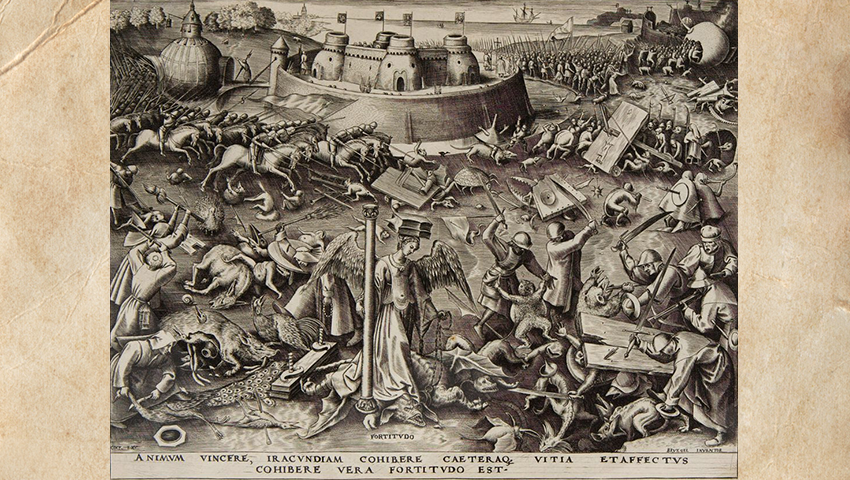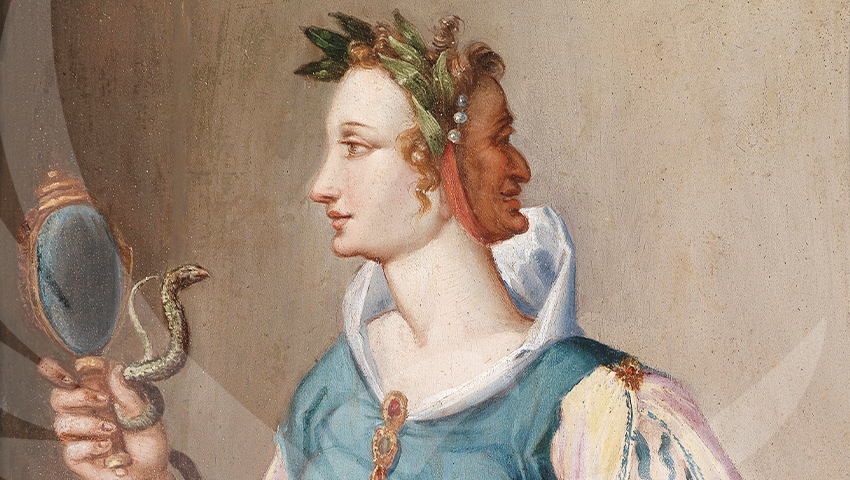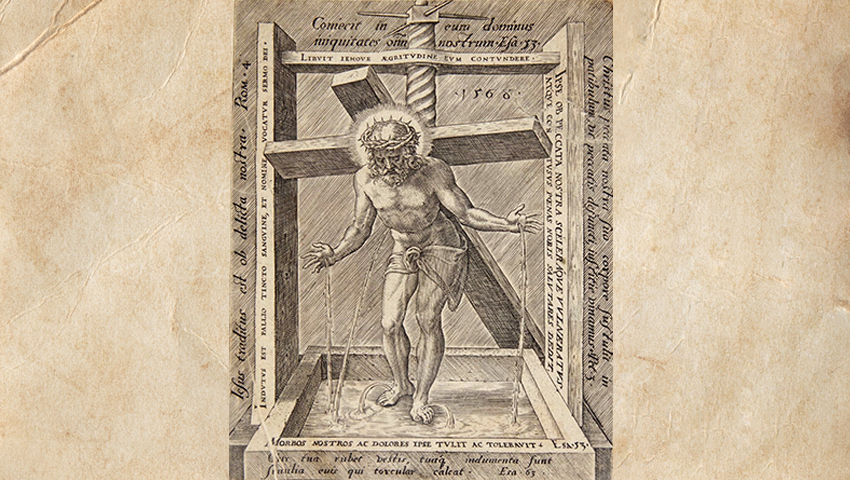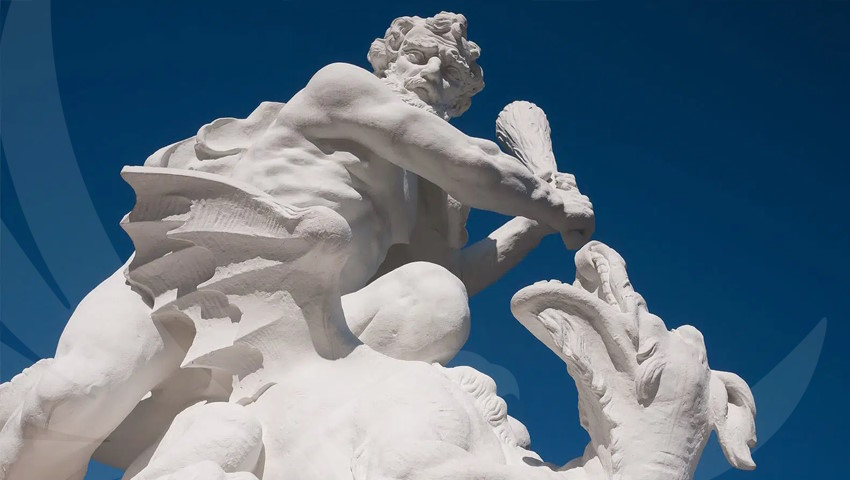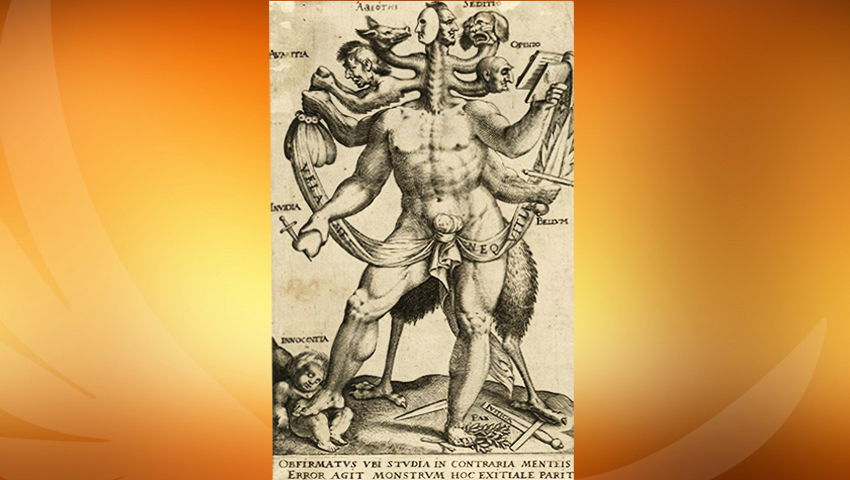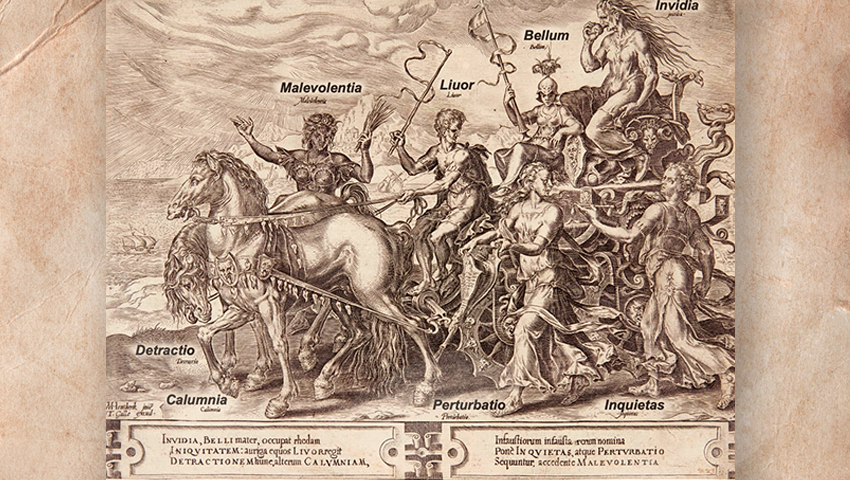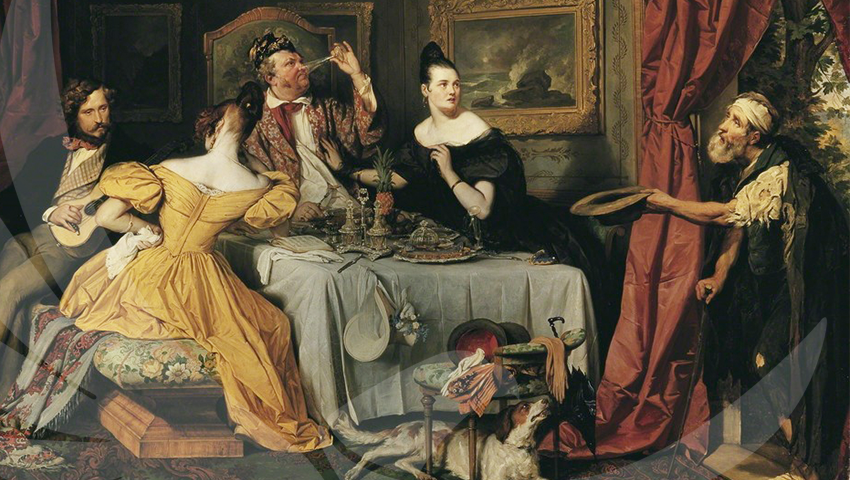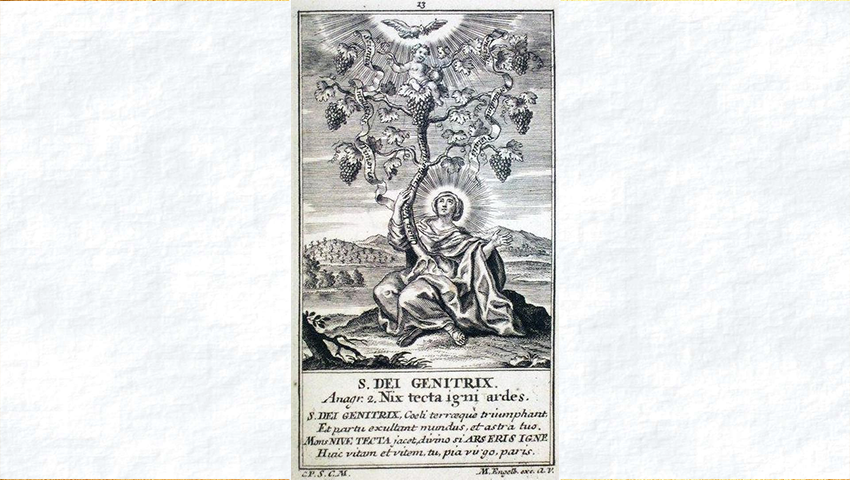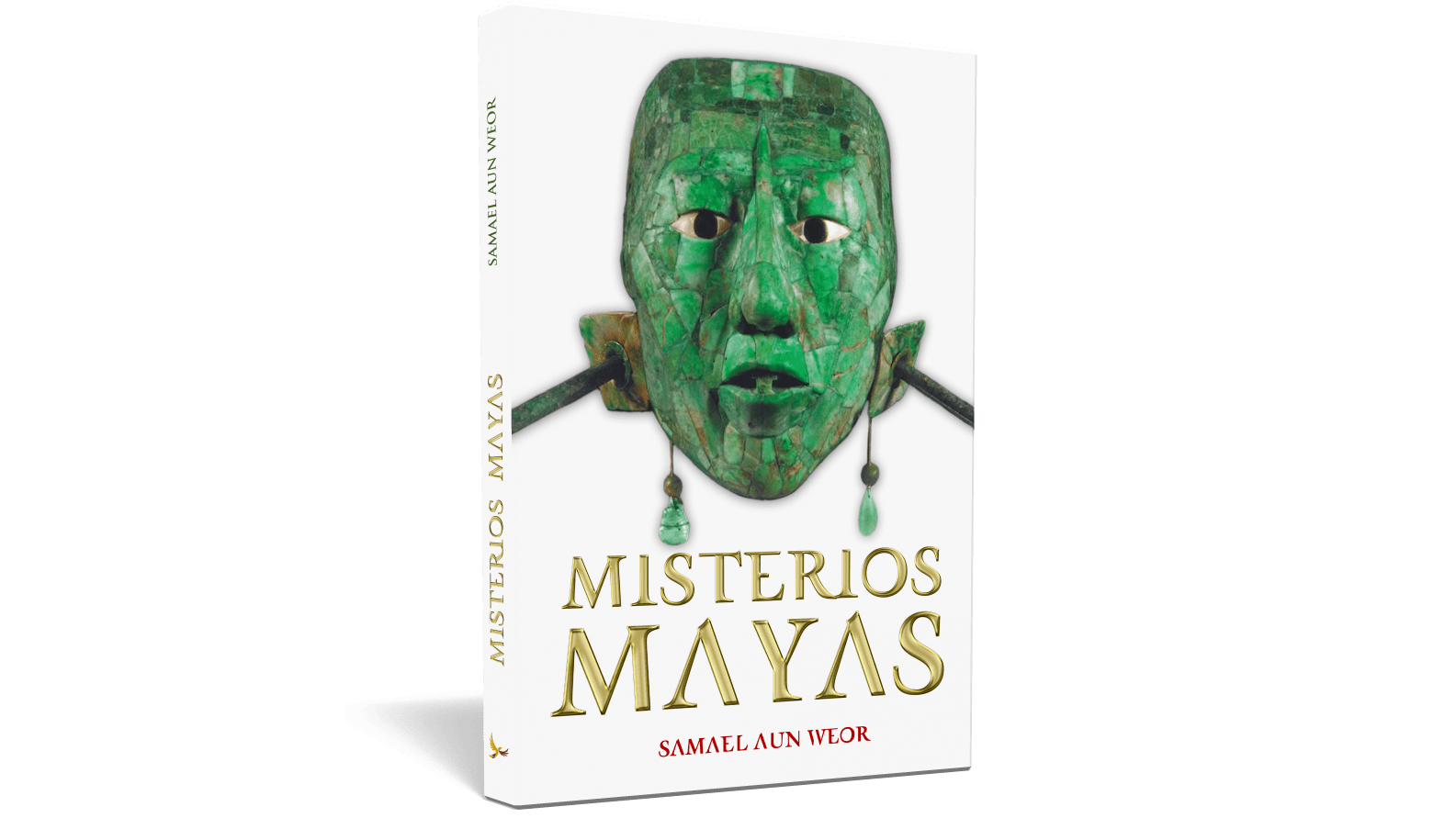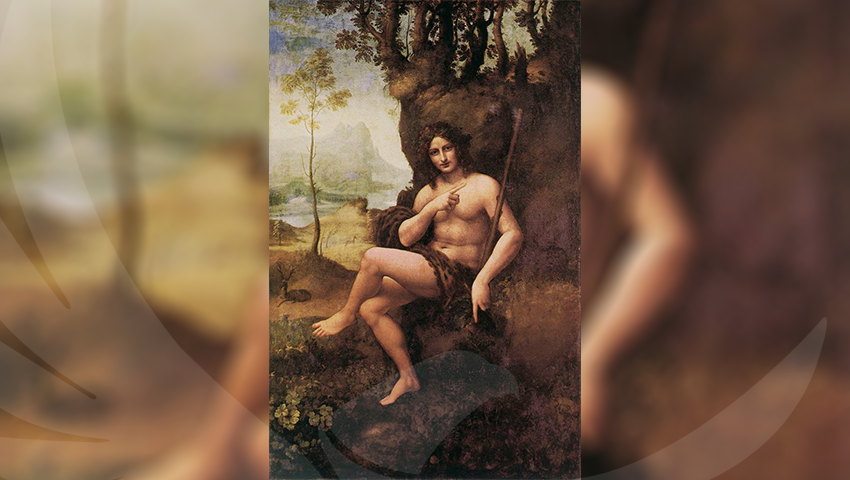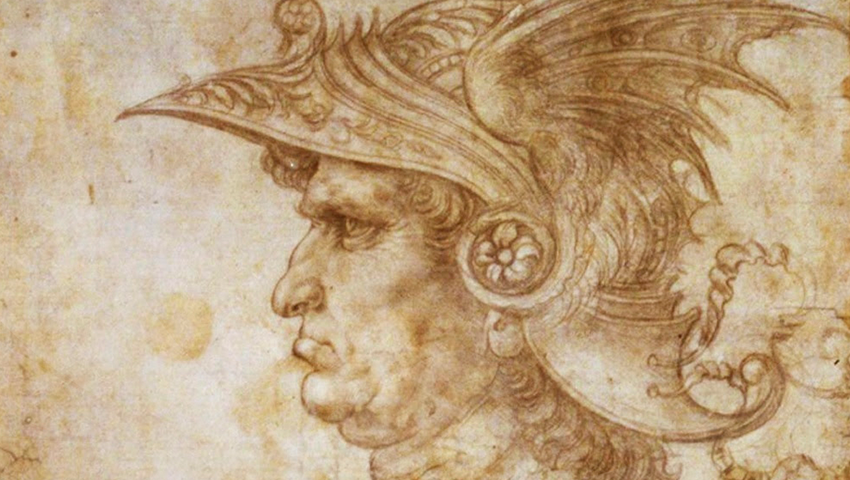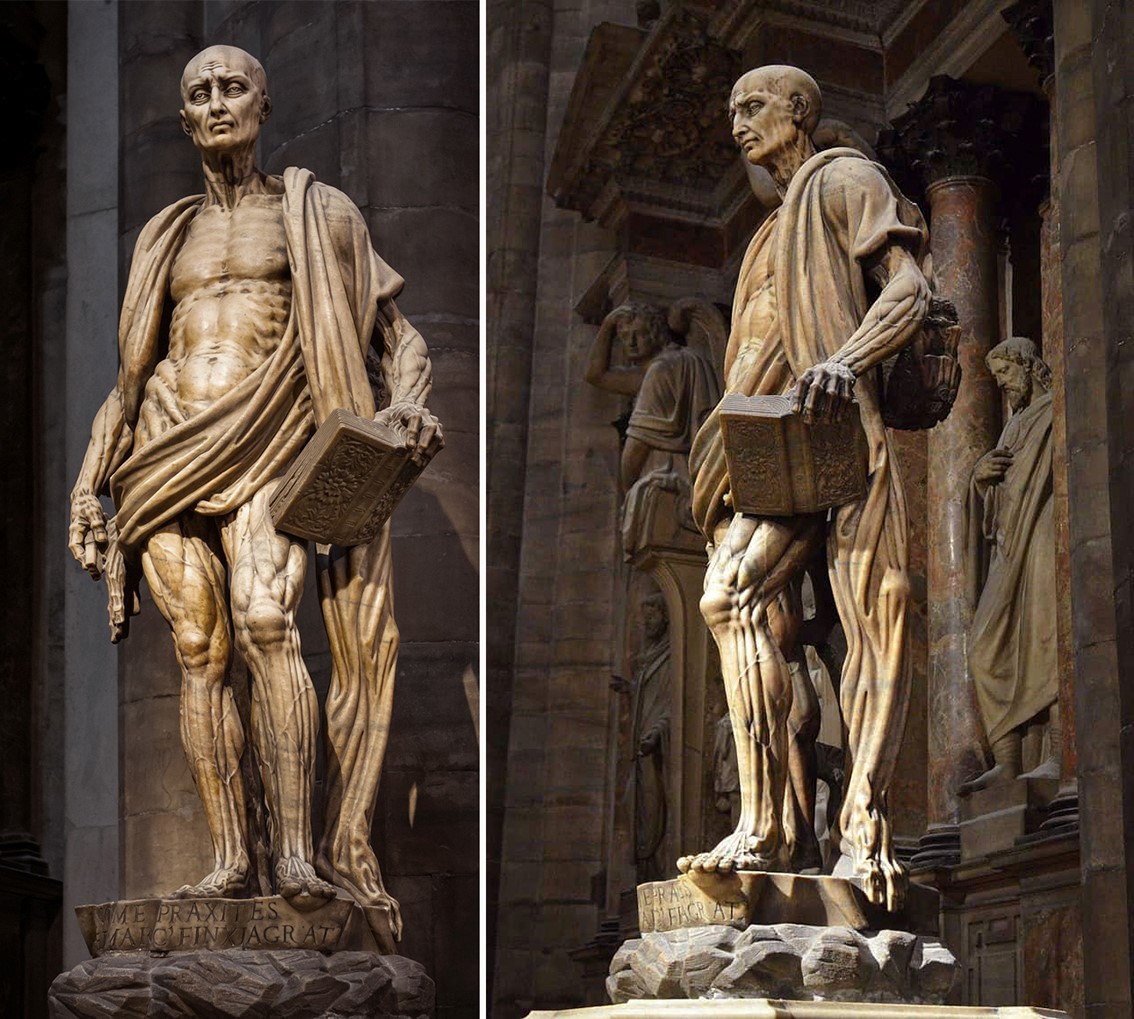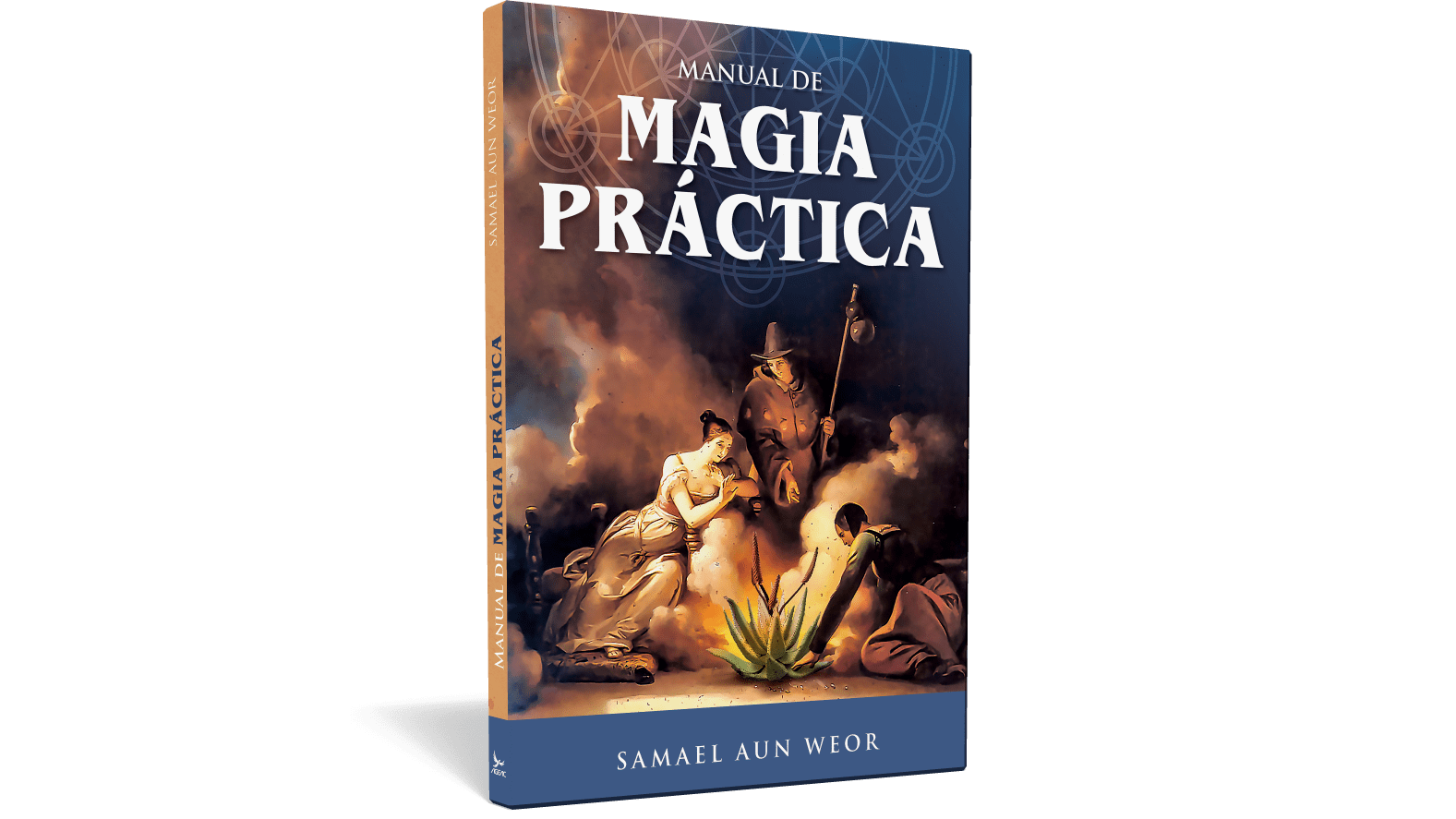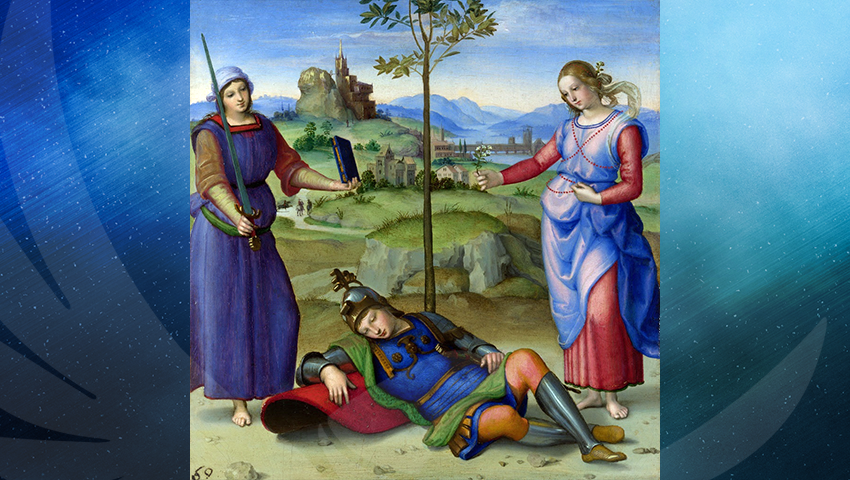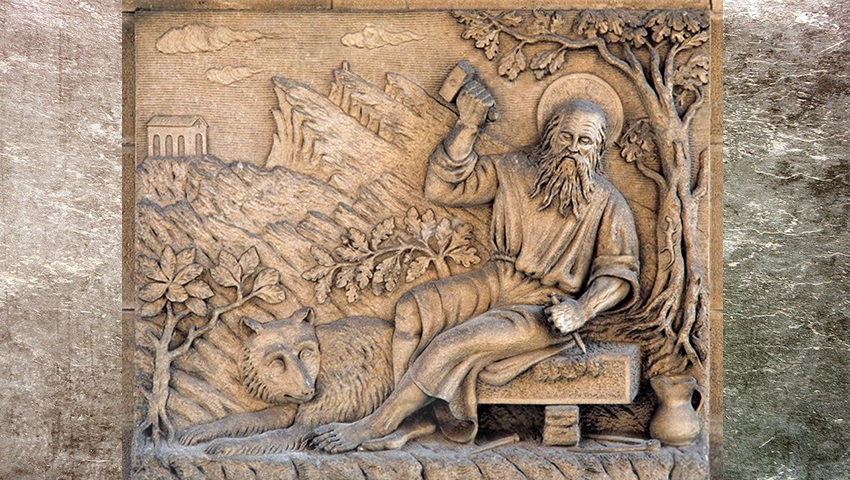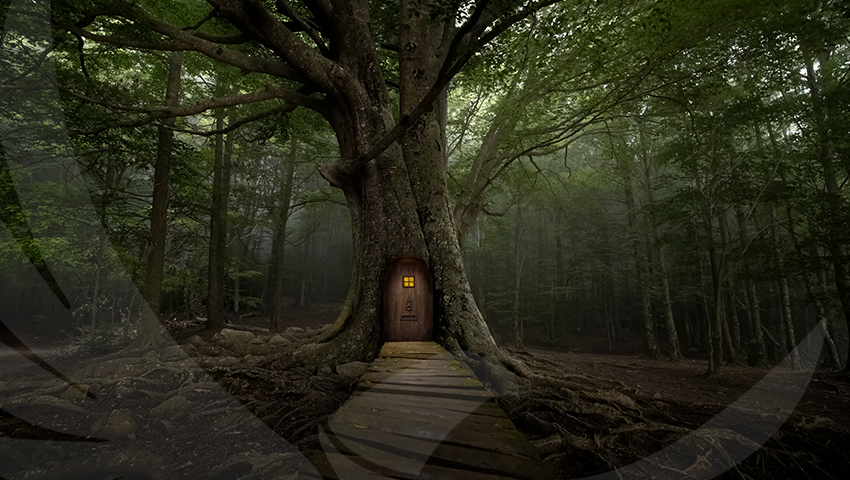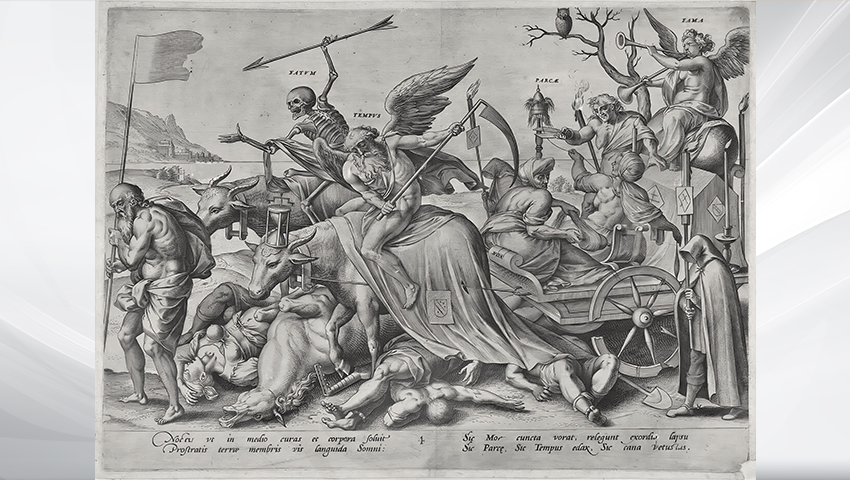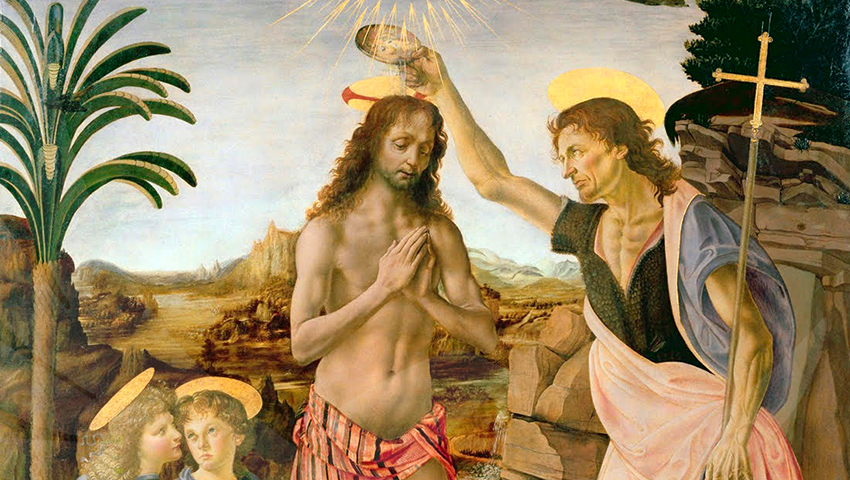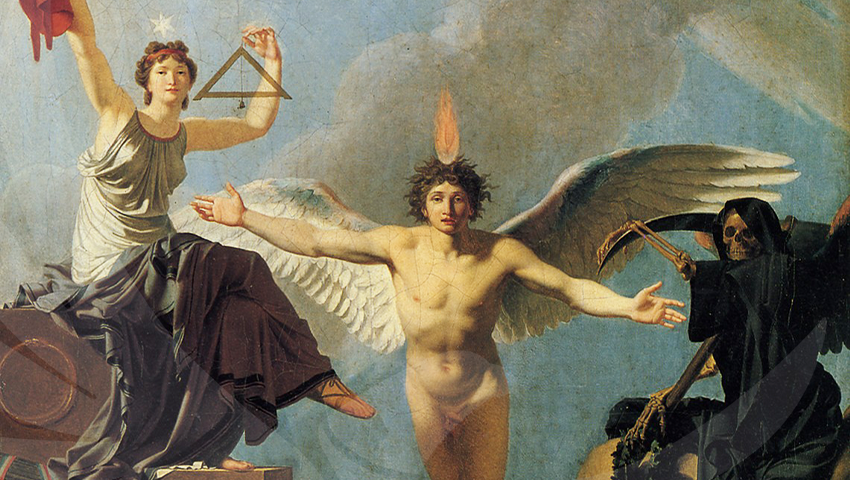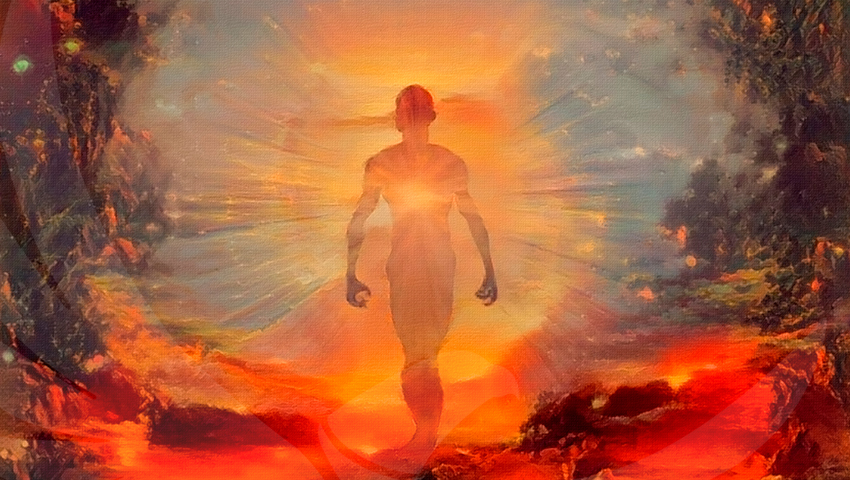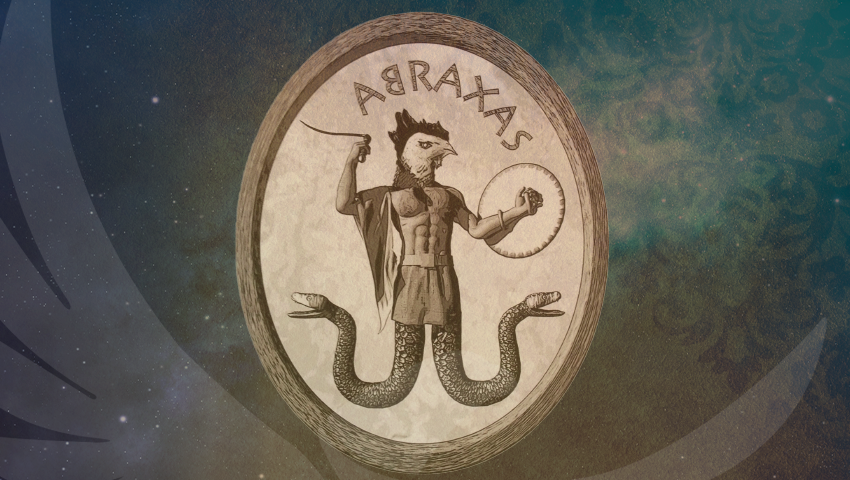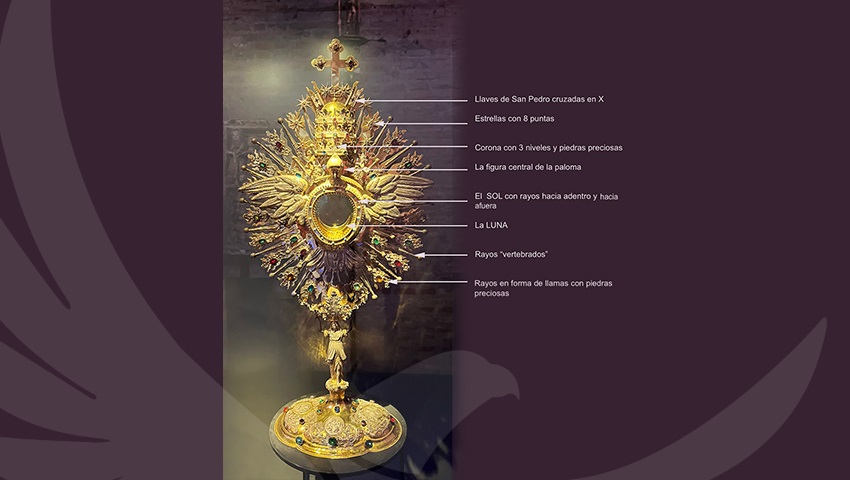Muy apreciados/as lectores/as:
Recurro a las letras para haceros llegar unos comentarios acerca del presente grabado titulado…
…FORTITVD
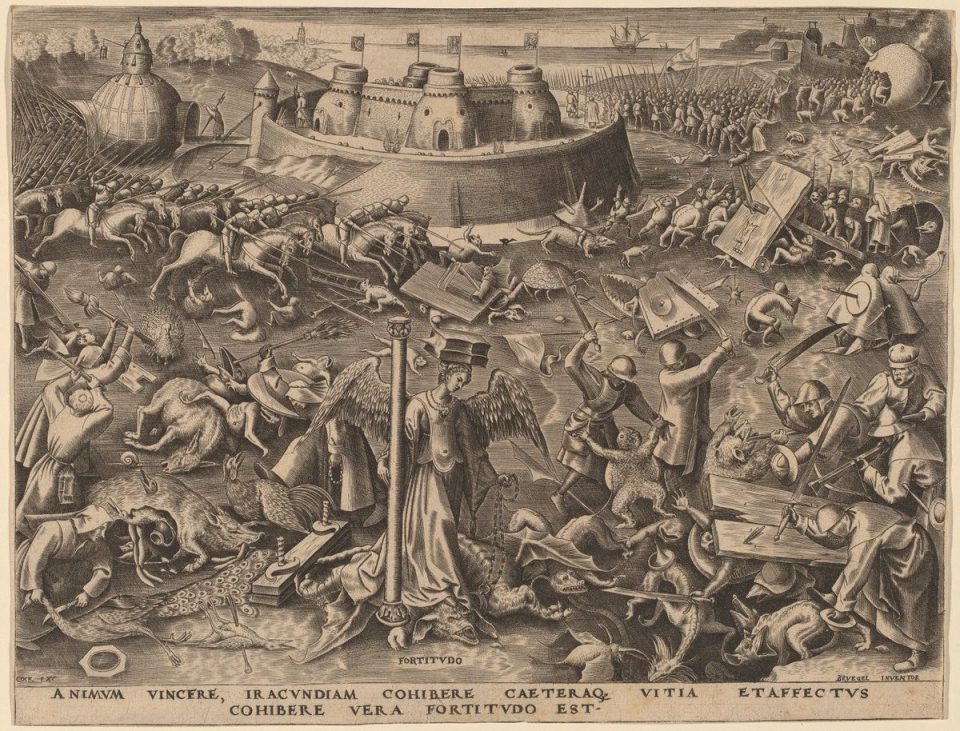
Este grabado pertenece también al pintor Pieter Brueghel, el Viejo, y su título significa ‘FORTALEZA’.
Os hago llegar, primeramente, unos comentarios:
«La fortaleza, como una de las virtudes cardinales, ha sido objeto de reflexión por parte de los pensadores desde la antigüedad cuando se sentaron las bases de este concepto. Esta virtud consta de importantes antecedentes visuales, tanto mitológicos ─el héroe Hércules─ como bíblicos ─Sansón─. […]
Esta virtud no se manifestó visualmente en la antigüedad a modo de alegoría, sino que quedó identificada con el famoso héroe Heracles/Hércules, quien bien representaba todas esas cualidades y funciones que los pensadores atribuyen a dicha virtud ─valor, constancia…─.
En la Edad Media, la imagen del guerrero vestido con cota de malla, casco, escudo, lanza y espada fue la más recurrente a la hora de visualizar la fortaleza.
En el siglo XIII continuó la tendencia de representar a la fortaleza mediante una imagen guerrera, como encontramos en las diversas ediciones del Speculum Virginum o en las catedrales góticas francesas. Tanto en Notre Dame de París como en Amiens y Chartres, la fortaleza se representa mediante el coraje, una mujer ─por sus largas vestiduras─ armada con lanza y escudo con el fin de soportar todas las dificultades con espíritu inquebrantable. La fortaleza representada en los relieves de las catedrales góticas francesas, además de presentar el típico aspecto guerrero, sostiene un escudo que lleva un león como divisa. Esto se repite también en la catedral de Reims […]. La presencia del león junto a esta virtud no es sorprendente teniendo en cuenta los antecedentes visuales basados en Heracles/Hércules y especialmente en el primero de sus trabajos, el león de Nemea.
A pesar de que la imagen de la fortaleza ofrece una clara continuidad a lo largo del medievo, a partir del siglo XIV surge un nuevo atributo. En una bóveda de Santa María Novella ─Nardo di Cione y Giovanni del Biondo, 1355-1360, Florencia─ encontramos a la fortaleza con la tradicional cabeza de león como casco y con una columna. […] La columna es emblema de su constancia, representación de la fuerza porque esta es a un edificio lo que la fuerza al hombre.
En este caso, el grabado de Pieter Brueghel representa a la fortaleza como una mujer con alas de ángel, sosteniendo una columna con su mano derecha y con su mano izquierda sujetando a una bestia que tiene sometida bajo sus pies. Sobre su cabeza tiene un yunque. En el centro del grabado se encuentra una fortaleza medieval con cuatro torres, protegida por un muro de contención y rodeada por un canal de agua. Fuera de la fortaleza, en los cuatro puntos cardinales, feroces escenas de batalla entre guerreros y grotescas formas animales que sin duda representan defectos humanos. Los historiadores comentan que a mediados del siglo XV surgió un nuevo tipo de virtudes simbólicas cargadas de atributos iconológicos difíciles de descifrar. El origen de esta iconografía fue situado por Male en Francia, pero estudios posteriores han demostrado que, a pesar de desconocerse la fuente primaria que la conformó, habría aparecido en el ambiente francés y flamenco, habiendo llegado a Castilla mediante la circulación de manuscritos iluminados. Es muy probable que estos símbolos, difíciles de descifrar, pertenezcan al lenguaje de los alquimistas».
El texto en latín que acompaña el grabado reza de esta manera: ANIMVM VINCERE, IRACVNDIAM COHIBERE CAETERAQ[UE] VITIA ET AFFECTVS COHIBERE VERA FORTITVDO EST.
Traducción de la frase latina: ‘Vencer el orgullo, frenar la ira y frenar los demás vicios y pasiones es verdadera fortaleza’.
Nos encontramos, queridos/as amigos/as, con la representación muy clara de la virtud que representa la FORTALEZA. Tal virtud aparece en nosotros mientras más nos aproximemos al SER. Por eso está dicho: El SER todo lo puede ─es OMNIPOTENTE─.
Es indudable que la fortaleza está íntimamente ligada a la CASTIDAD. Por ello, mientras más castos podamos llegar a ser mayor será nuestra fortaleza ante los diversos avatares de nuestra existencia.
Esta virtud, como muchas otras, la vemos representada en una mujer ─pues las virtudes son las gemas de nuestra Divina Madre─. Tal mujer aparece alada, llevando en su mano diestra una columna y con la izquierda se la ve sometiendo a una bestia aberrante ─símbolo de uno de los tantos agregados psicológicos que llevamos dentro─.
Interesante resulta ver encima de la cabeza de esa mujer un yunque, que viene a representar la capacidad que tiene la fortaleza para soportar todos los pesos físicos y morales que puedan amenazar nuestra vida material o psíquica.
Es incuestionable que esta virtud nos permite mantenernos firmes como la columna de un templo, razón por la cual esta mujer sostiene una con su mano derecha. El mismo Maestro Samael nos comenta en varias de sus obras que la palabra virtud tiene una raíz que la liga a la virilidad, tal raíz es vir, y esto nos recuerda a las virtudes que hemos de conseguir.
Es por este motivo que antes hemos enfatizado que la virtud de la fortaleza está muy ligada a la transmutación de nuestras secreciones sexuales, es decir, a nuestra castidad. Normalmente, las gentes débiles, sexualmente hablando, no resultan fuertes en nada…
Es curioso que, de la misma manera, arquitectónicamente hablando, cuando se construye un edificio que sirva para defendernos militarmente de nuestros enemigos lo llamamos entonces fortaleza. Ese es el caso de nuestro grabado, pues en la parte central del mismo podemos apreciar, efectivamente, una fortaleza militar con sus cuatro torres dirigidas a los cuatro puntos cardinales. Esa fortaleza es nuestra vida espiritual, que debemos proteger por encima de todo contra los constantes ataques de nuestros diez mil agregados. Esa es la significación de las cruentas batallas que observamos que se están librando en los alrededores de dicha fortaleza. Dicha fortaleza ─obsérvese bien─ tiene aguas que la circundan alrededor de la misma para impedir a los enemigos del SER que se acerquen a ella. Esas son las aguas mercuriales, que son la base de nuestro trabajo interior.
Resulta interesante afirmar que en estas luchas vemos a ejércitos luchando contra formas animalescas grotescas, y ello nos recuerda a las diversas partes autónomas y autoconscientes que constituyen nuestro Real Ser atacando a la multiplicidad del Ego animal pluralizado.
Arriba, en el fondo del grabado, se aprecia un mar ─el mar de los filósofos alquimistas─ y un velero representativo de la travesía alquímica que lleva a cabo el devoto alquimista.
No es necesario comentar que la búsqueda de nuestra identidad divina conlleva muchísimas batallas, y para soportarlas con todo el peso que conllevan necesitaremos siempre de esta magnánima virtud que llamamos FORTALEZA.
La frase latina nos hace hincapié en la necesidad que tenemos de esta maravillosa virtud para no desfallecer en nuestros anhelos y no decaer en nuestros estados de ánimo, tan necesarios para mantenernos firmes en el Camino Secreto.
Añadamos ahora unas frases que, elocuentemente, están ligadas a todo lo antedicho:
«Existen aflicciones en que no hallamos consuelo en nadie y en las cuales un corazón fuerte puede apelar tan solo a su propia fortaleza».
Schiller
«La fortaleza va creciendo en proporción a la carga».
Thomas
«Nada es tan difícil que no pueda conseguir la fortaleza».
Julio César
«La verdadera fortaleza es aquella que nos hace inflexibles siempre que se trata de la virtud».
Plutarco
«No el poder mucho, sino el sufrirlo, es la verdadera fortaleza».
Antonio López de Vega
Kwen Khan Khu
